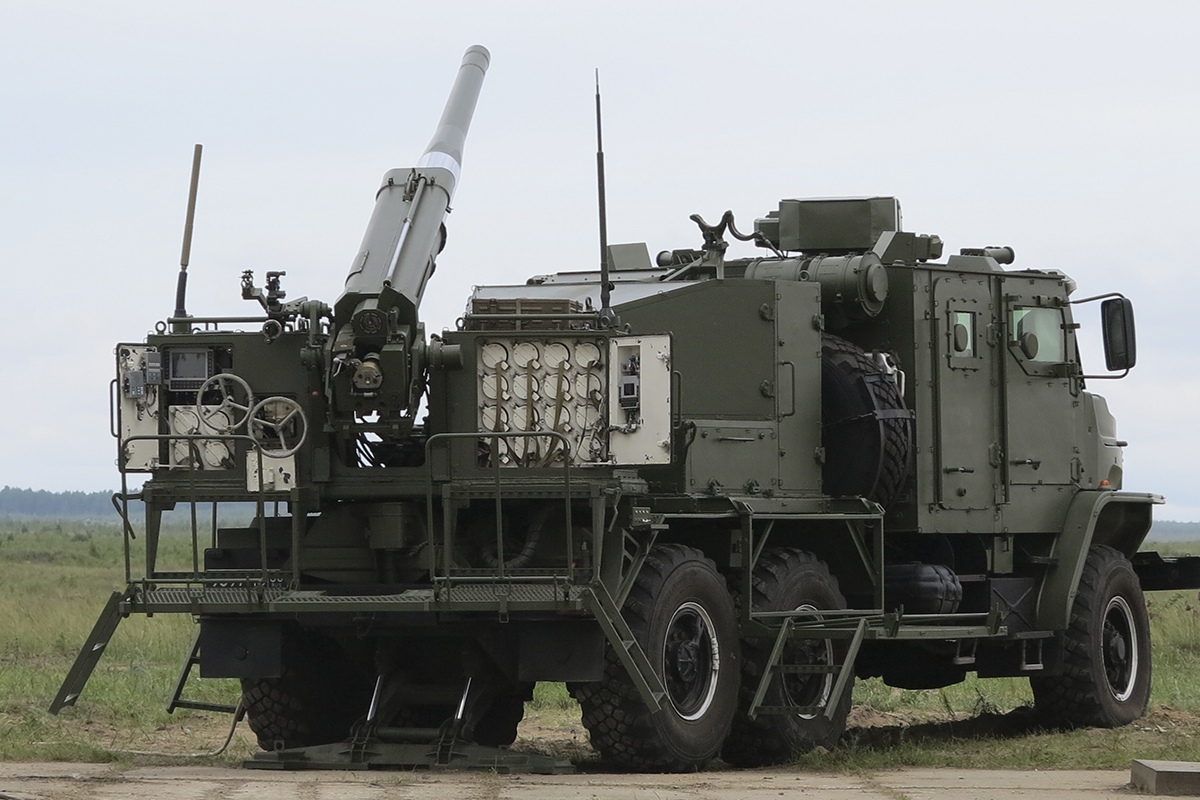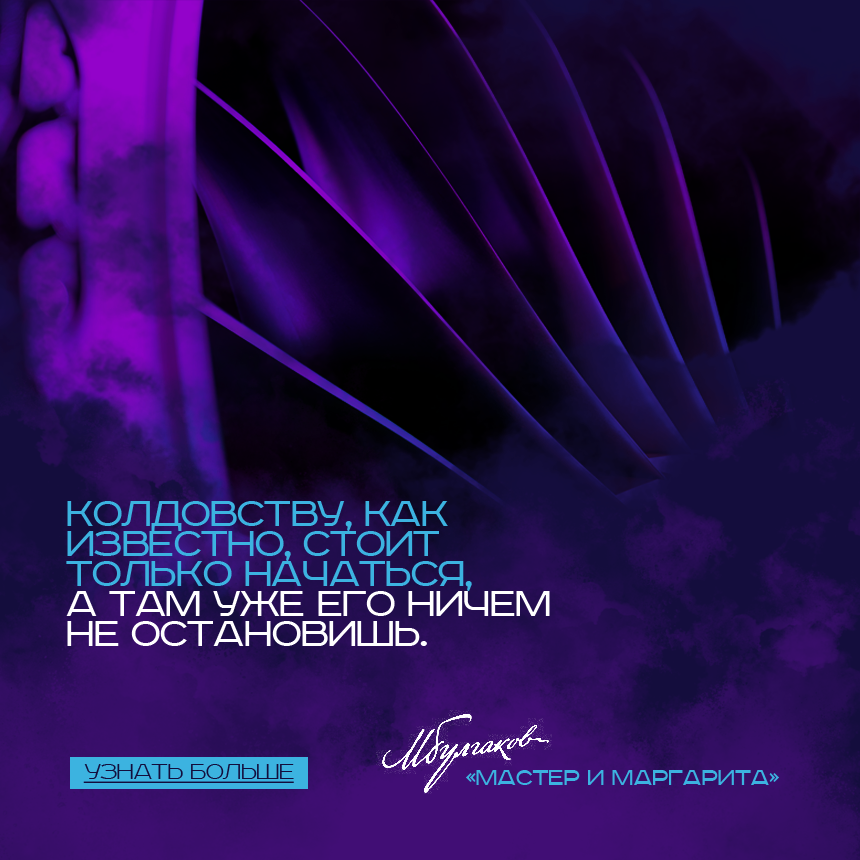
Floks Self-Propelled Artillery Gun. Photo: Ministry of Defence of the Russian Federation
This self-propelled artillery gun made by Rostec combines howitzer, canon and mortar functions. But its key feature is a wheelbase. These self-propelled guns are traditionally named after flowers: Malva (mallow), Drok (greenweed), Floks (phlox). Today, Rostec State Corporation is conducting large-scale systematic work for creating a range of wheeled self-propelled artillery guns with flower names. The benefits of wheeled artillery and new “flower” self-propelled gun of the Russian Army are discussed below.
From tracks to wheels
Track standard of self-propelled artillery systems was formed during World War II. However, wheeled artillery self-propelled systems have been already emerging since the 1970s and compete successfully with tank-based self-propelled guns. One of the reasons is the need for improvement of mobility on public roads that have considerably grown in number in the world.
Wheeled self-propelled guns have a set of advantages over towed artillery. They are much more mobile and independent and can move on various types of terrain without towing vehicles. Such wheeled guns can be faster deployed in battle formation, fire and change their position. Another important advantage is that personnel and ammunition in a wheeled self-propelled gun are protected by armor at least in transit. Speed and mobility, lower cost and easy operation and maintenance are also among the key benefits compared with tracked vehicles.
A “fire” flower for artillery
Phlox (Russian “floks”) in Greek means “flame”. And sure enough, Floks gun can give fire to the enemy by launching up to ten rounds per minute.
The Floks is responsible for 120 mm caliber and may be used by artillery batteries to engage enemy personnel, weapons and vehicles. It is a 120 mm rifled gun.
The system combines both mortar and rifled projectile firing capabilities. However, the stabilization principle is different: A mortar projectile is stabilized through its tail, while a rifled projectile is stabilized through spinning. The Floks is unique for its capability to use both types of projectiles. The rifled projectile gives an advantage in range and consistency, while the mortar projectile gives an advantage in cost.
Besides the plunge fire and direct laying firing, the Floks has a multi-round simultaneous impact functionality. In this case, the crew makes several consecutive shots from various vertical barrel positions, and rounds arrive simultaneously almost in the same point.
Speed away in 30 seconds
According to the Floks developers, this is a unique system. New electronics that ensures integration with all state-of-the-art reconnaissance systems, in particular, using drones, is the key difference between the Floks and previous self-propelled guns.
An ideal operating procedure of wheeled self-propelled guns is to arrive to the position, quickly engage the target and move out immediately. For the Caesar, a French counterpart of the Floks, a minute is required to get ready for fire. According to standards, it takes 40 seconds to change the Russian gun to fire position, but a skilled crew is able to confine themselves to 30 seconds and to change the gun to march position even faster.
The Floks has a crew of four. It is protected by the armored cabin in transit. The designers also took care of security: there is a point in the cabin that, when it is shot from a handgun, turns the vehicle in lifeless hardware.
Testing and serial assembly of the Flokses were carried out at the same time, therefore, Rostec delivered the first batch of the cutting-edge self-propelled guns to the military already in October last year.

